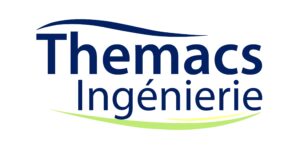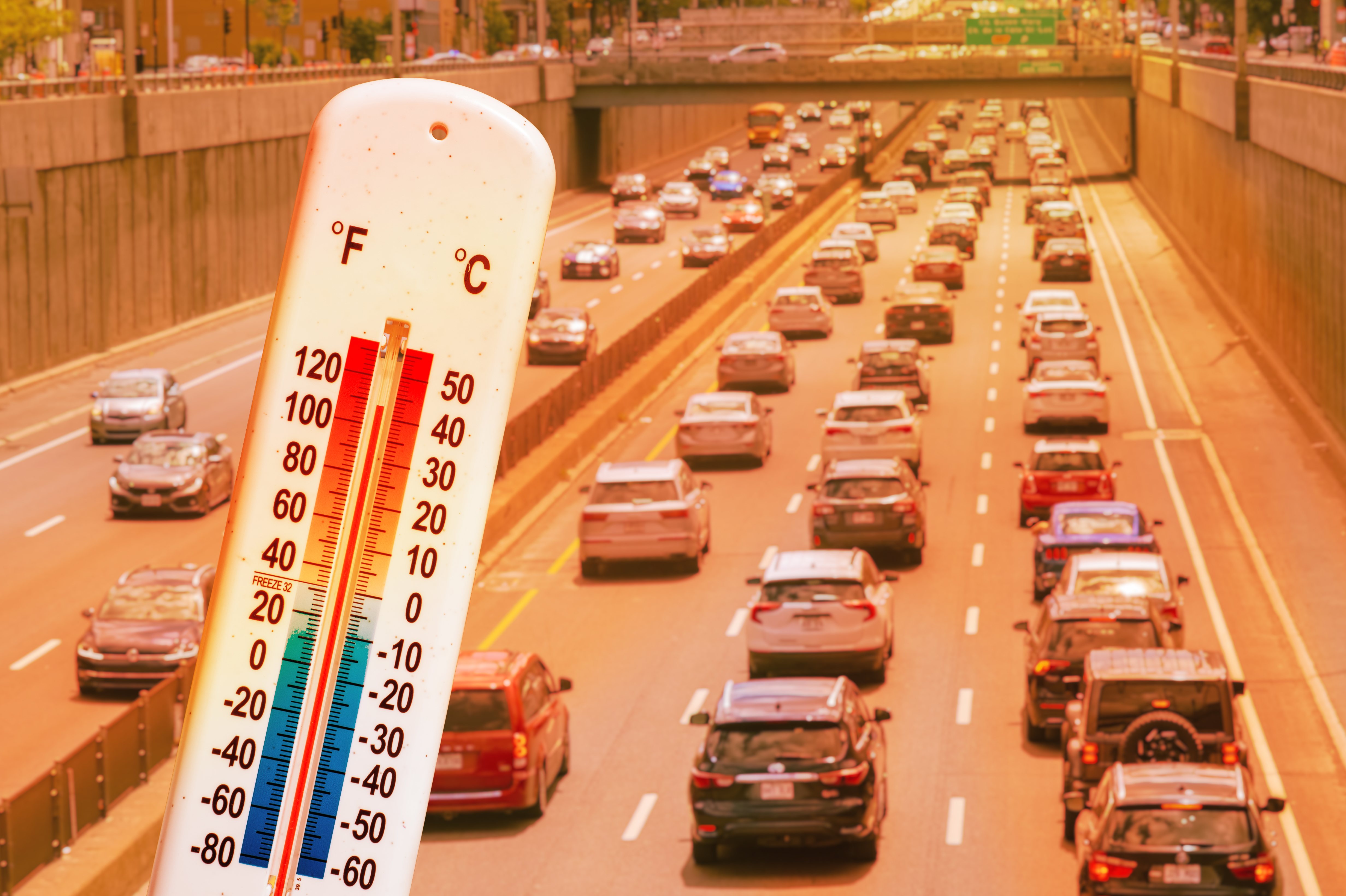Understanding and reducing urban heat islands (UHI) requires, above all, accurate measurement of the physical parameters that influence temperature in cities. At THEMACS Ingénierie, we use three complementary approaches: measuring albedo, emissivity, and ground-based thermal mapping.
Measuring albedo
Albedo is the ability of a surface to reflect solar radiation. It is measured on a scale of 0 to 1. The purpose of the measurement is to identify the surfaces that absorb the most heat (asphalt, dark roofs) and propose solutions to increase reflectivity (light-colored roofs, reflective paints). At THEMACS Ingénierie, we use an innovative portable device to quickly measure the albedo of different materials and coatings directly on site.
Measuring emissivity
Emissivity refers to a surface’s ability to release absorbed heat in the form of infrared radiation. Measuring emissivity helps us understand how materials cool down (or fail to cool down) at night. For example, light-colored concrete with high emissivity cools down faster than polished metal with low emissivity. Emissivity measurements are taken on site using an emissometer developed by Themacs engineers to accurately characterize urban materials.
Mapping city temperatures
Thermal mapping allows us to visualize the spatial distribution of surface temperatures and identify the areas most exposed to urban heat islands (UHI). There are two main methods :
a) Ground measurements
Advantages: high accuracy, possibility of directly comparing different surfaces, specific and targeted measurements. Disadvantages: limited geographical coverage, requires field measurement campaigns.
b) Satellite measurements
Advantages: overview of large urban areas, regular monitoring over time, rapid detection of critical areas. Disadvantages: spatial resolution sometimes insufficient to distinguish narrow streets or specific materials; dependence on weather conditions (clouds, humidity).
Towards a complementary approach
At THEMACS Ingénierie, we favor an integrated approach:
– Ground measurements with our Thermocity device to obtain accurate and detailed data. – Satellite mapping to gain a global view of ICU and track their evolution over time.
The combination of these methods provides cities and local authorities with a reliable and comprehensive diagnosis, enabling them to implement appropriate solutions (choice of materials, greening, urban planning).

